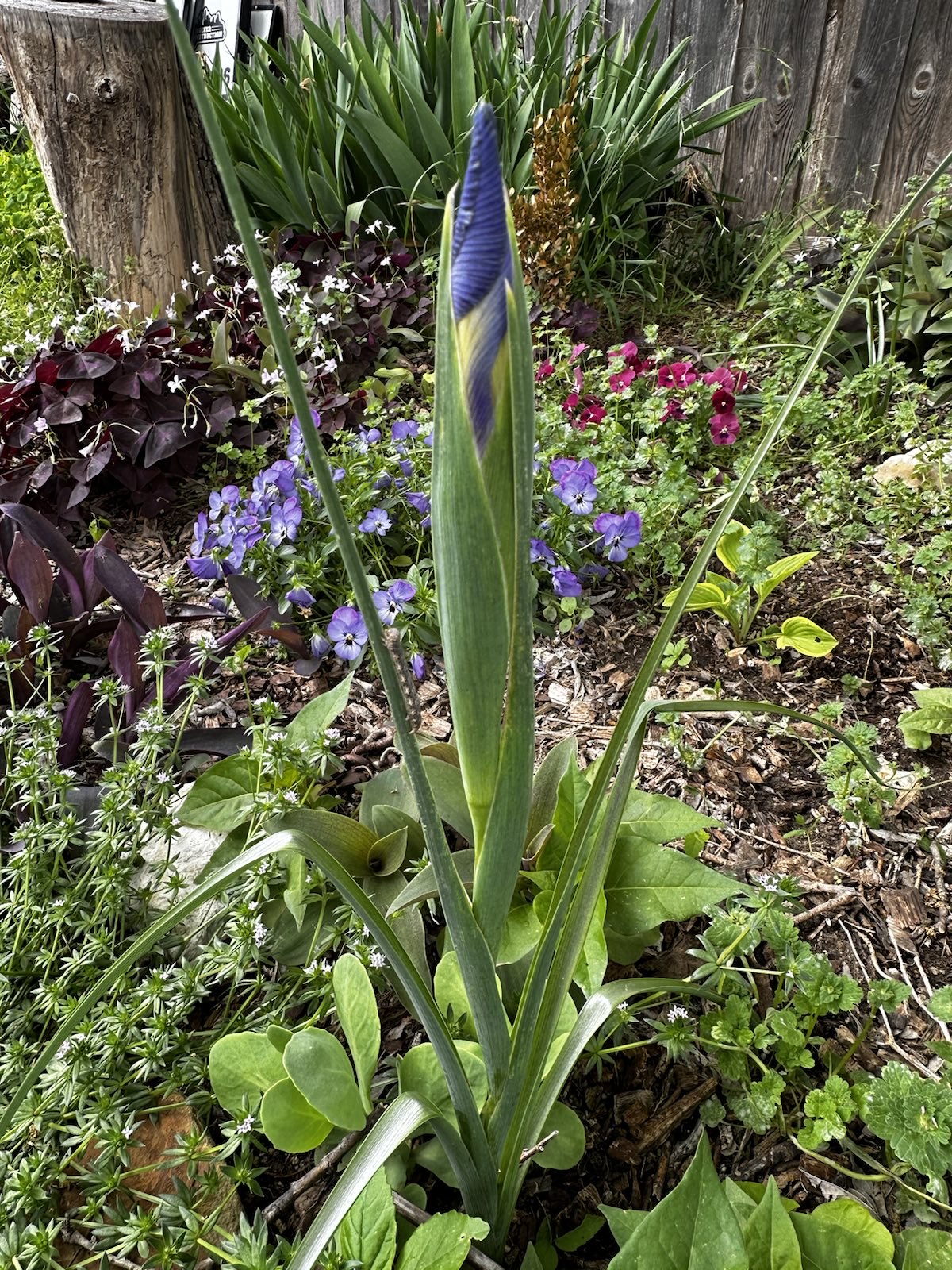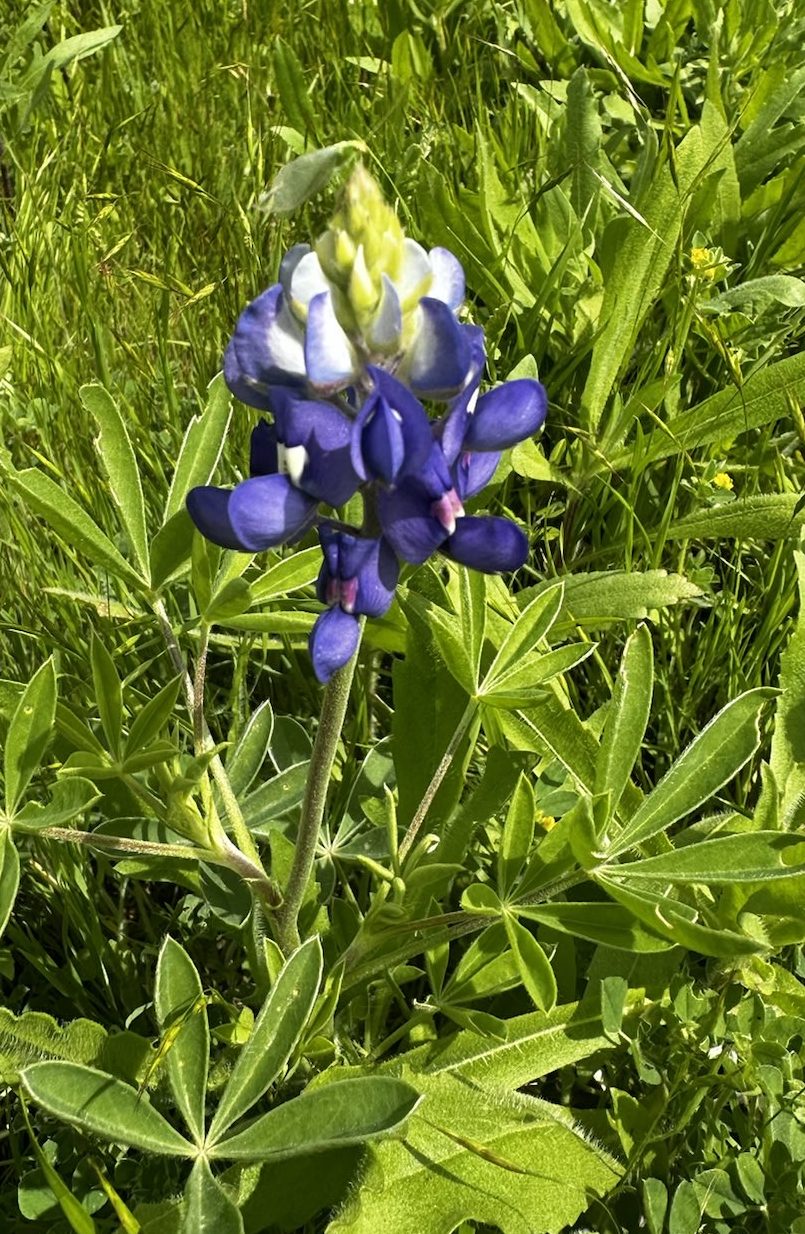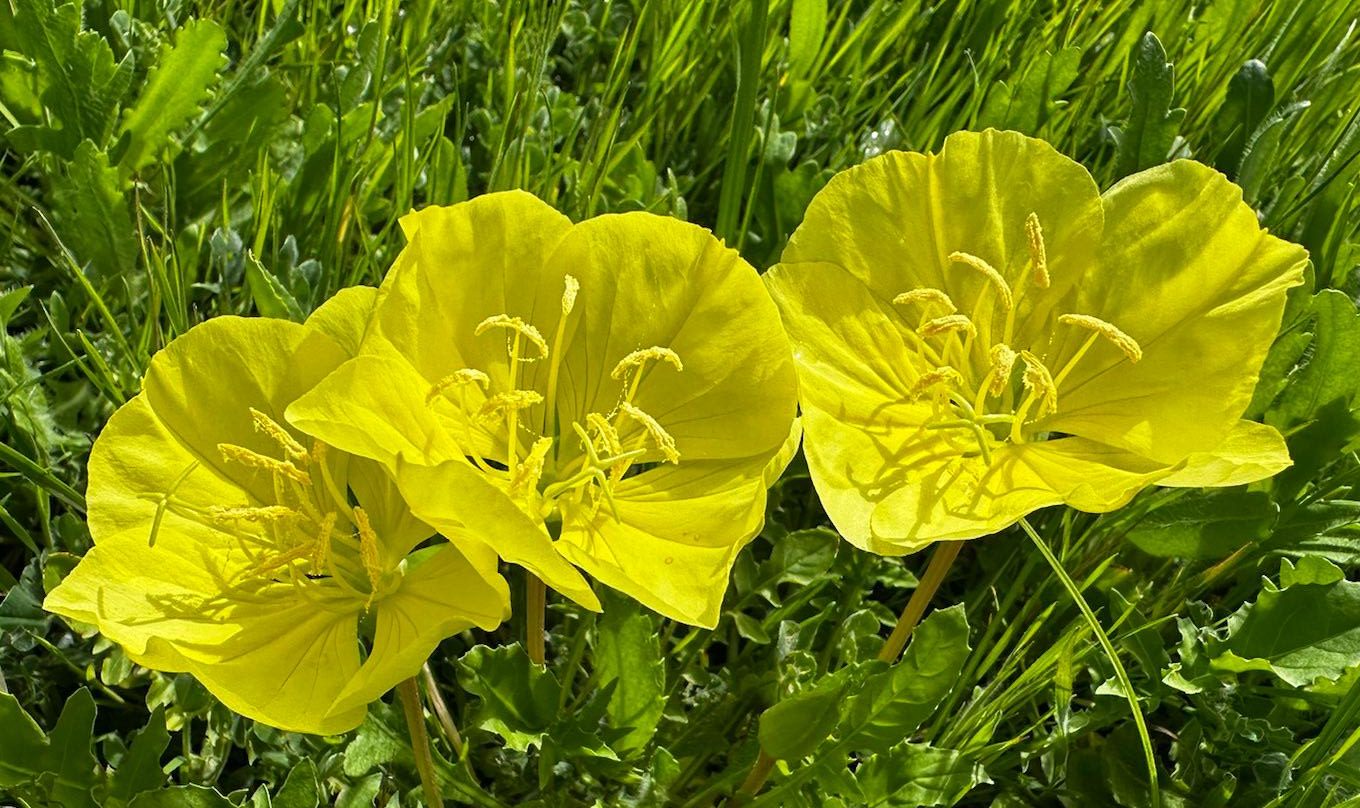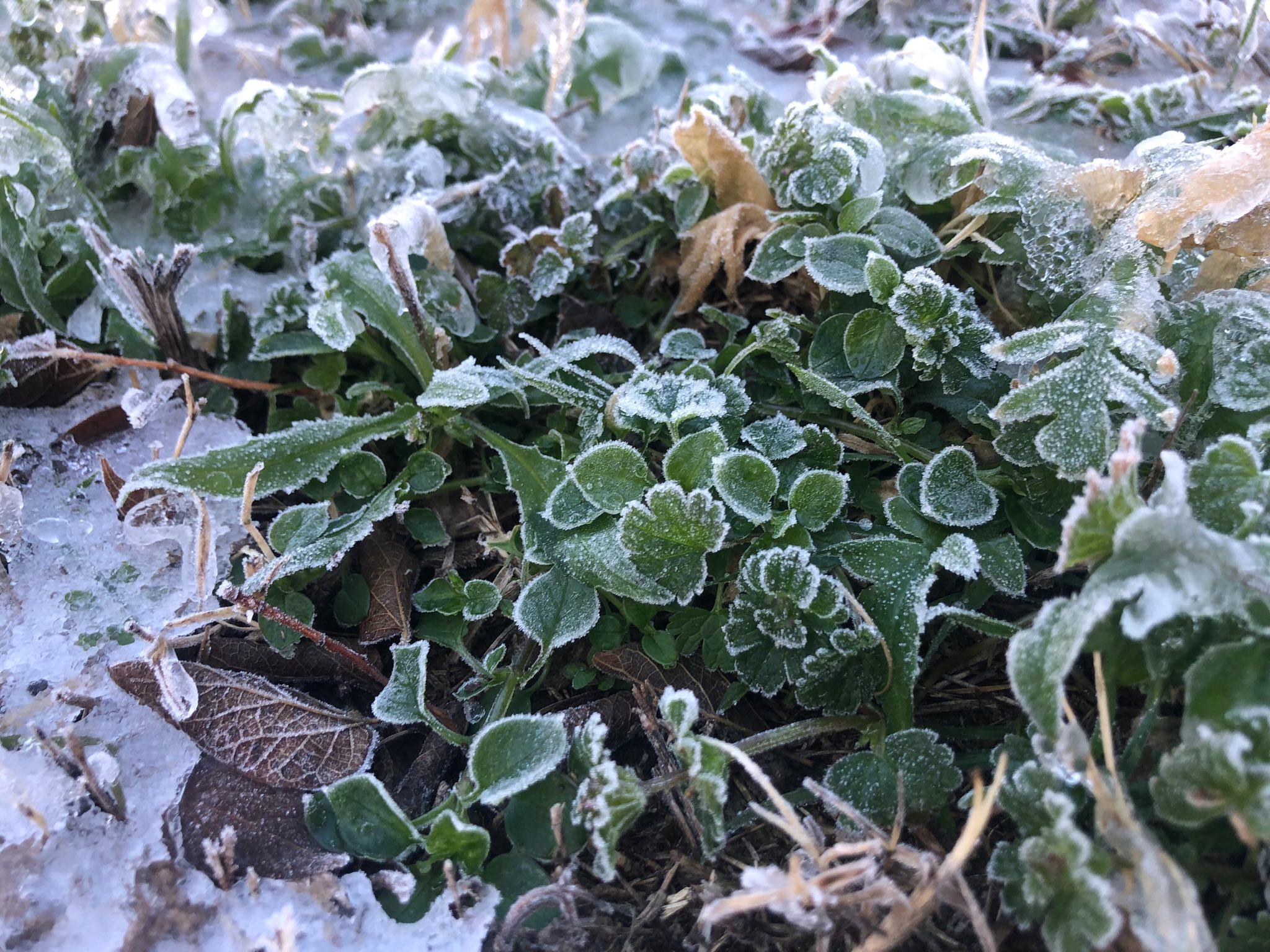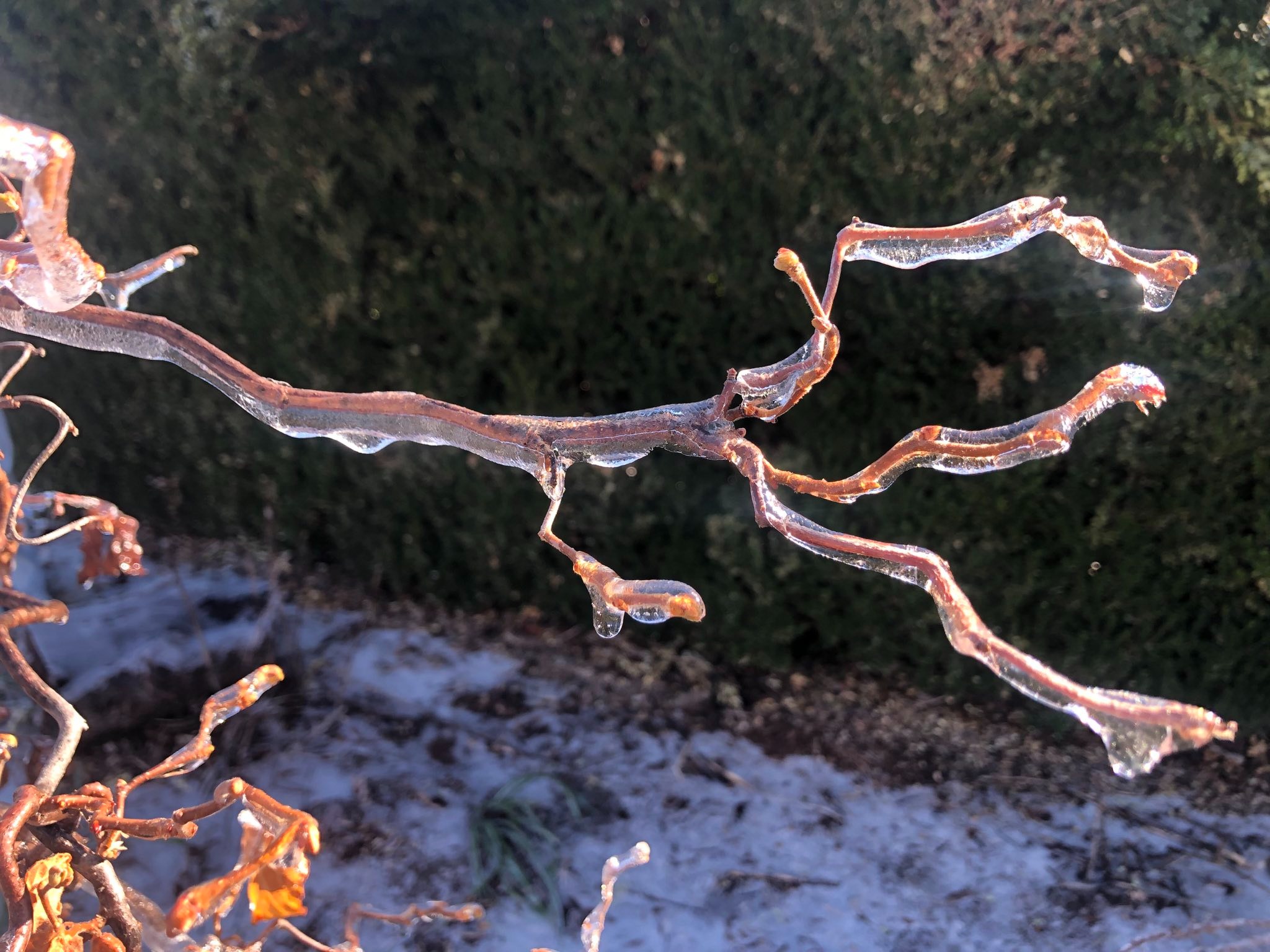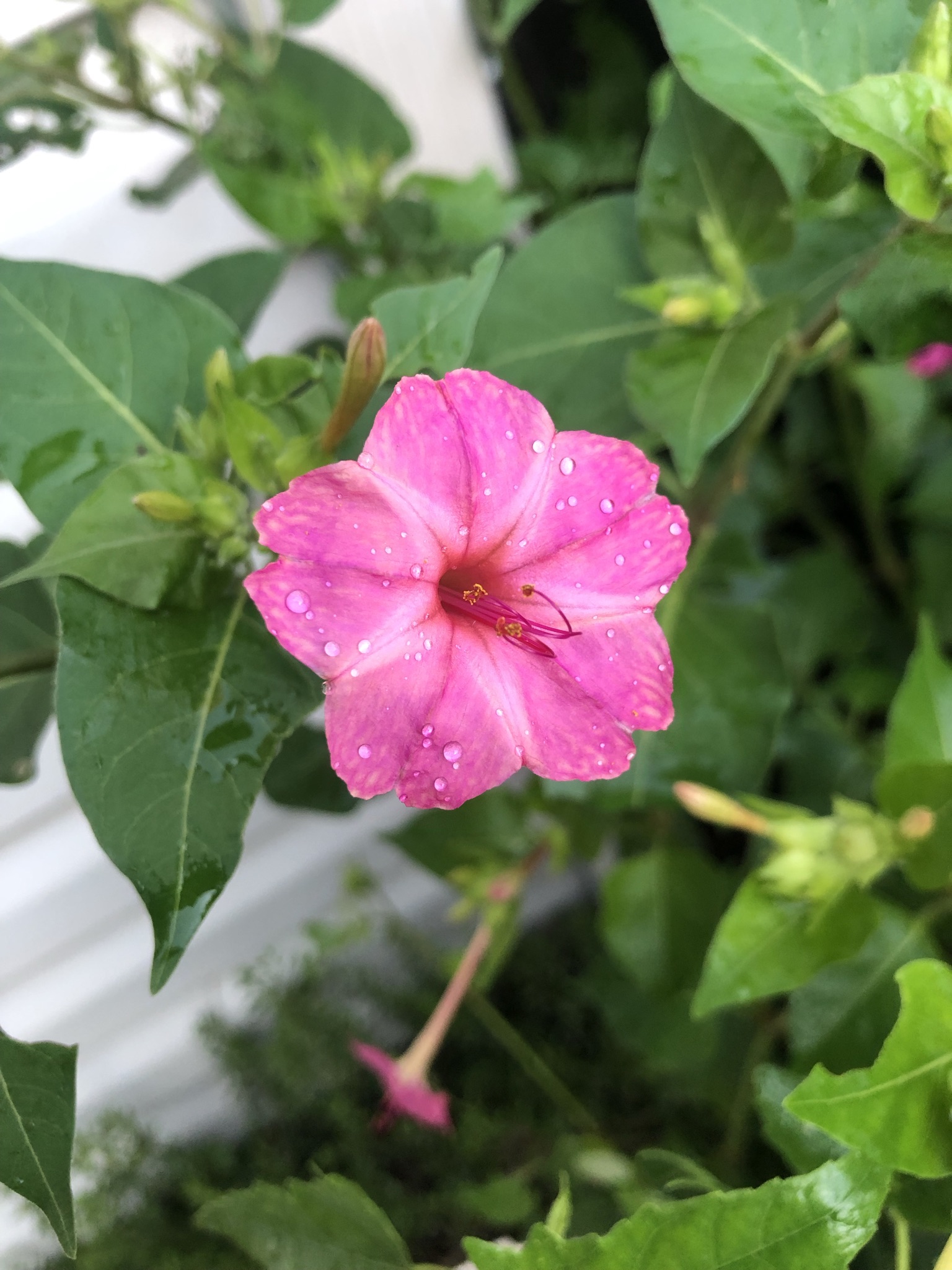 The summer heat has set in, and it looks like it’s here to stay for a few months. Luckily we’ve had a very wet and rainy spring, and the beginning of summer looks to be no different. The El Niño system that has been working the Pacific Ocean has brought us the blessing of all this rain, but there is a 60% chance that this could change between the end of this month and August. Hopefully the transition from El Niño to La Niña will occur later rather than sooner and we’ll continue to have a mild wet summer. Additionally, forecasts are currently calling for an increase in the number of hurricanes and tropical storms in the Gulf and Atlantic this year. While nobody hopes for hurricanes, increased tropical moisture streaming north into Texas can help provide an incease in rainfall through the end of summer and autumn.
The summer heat has set in, and it looks like it’s here to stay for a few months. Luckily we’ve had a very wet and rainy spring, and the beginning of summer looks to be no different. The El Niño system that has been working the Pacific Ocean has brought us the blessing of all this rain, but there is a 60% chance that this could change between the end of this month and August. Hopefully the transition from El Niño to La Niña will occur later rather than sooner and we’ll continue to have a mild wet summer. Additionally, forecasts are currently calling for an increase in the number of hurricanes and tropical storms in the Gulf and Atlantic this year. While nobody hopes for hurricanes, increased tropical moisture streaming north into Texas can help provide an incease in rainfall through the end of summer and autumn.
That being said, we’re still going to be dealing with traditional North Texas summer heat. This means that, with the exception of annual color such as petunias, zinnias, marigolds, and cosmos, it’s time to begin to hold off planting most other perennial plants. Some exceptions are lantanas, which love the heat and are incredibly drought tolerant, as well as coneflowers, certain salvias, and of course new sod. Most other plants should wait until we get the first hints of cooler autumn air before you plant them in the ground.
If you’ve been waiting to trim and prune your oak trees, the end of June marks the beginning of the time that it is safe to do so. Unlike most other trees and woody shrubs, oaks in North Texas should be pruned in the heat of summer. This is due to the prevalence of the oak wilt fungus, which is transmitted to open cuts by the nitidulid beetle, also known as the sap beetle. These beetles are attracted to the sap that is released from wounds on oak trees, but the fungus that these beetles transmit is much less active here in North Texas during the hot summer days of July and August. After pruning your oaks, all wounds and cuts should immediately be painted with a dedicated tree wound paint or, absent that, a latex based paint.
As we progress into the heat of the summer it is more important than ever that your irrigation system is functioning properly. Desiree Gardens offers irrigation audits where we run through your entire system and help ensure that all zones and all spray and drip areas are functioning properly with no leaks. Of course, you can perform this task yourself by manually running through each station one by one. As you do so, check for clogged spray heads and make sure that all of the areas you want to receive water are, and that there is minimal overspray on concrete paths, patios, and driveways.
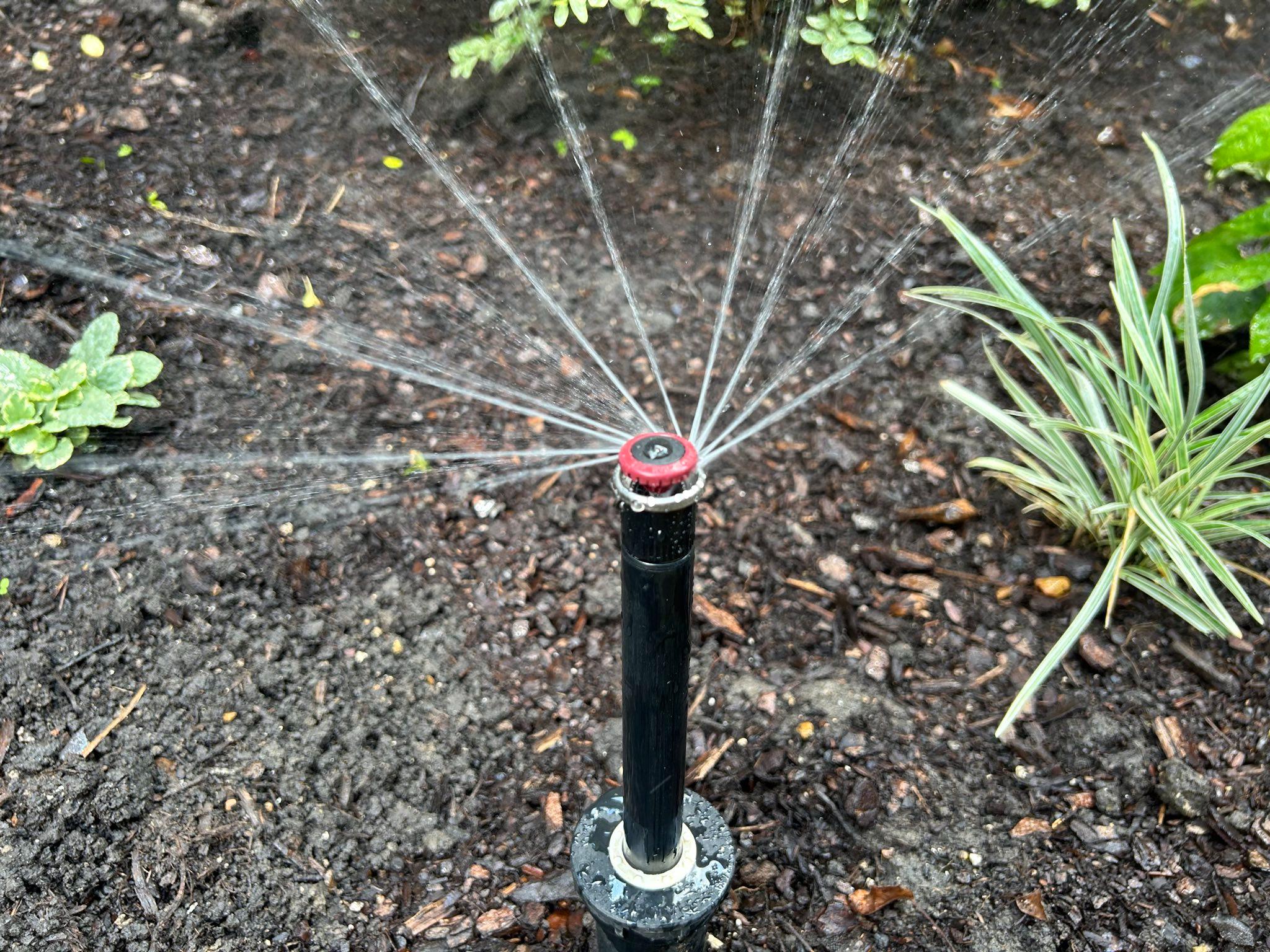 With the heavy clay soils we have here in North Texas, and with the increased plant and lawn requirements for water, it is more important than ever to perform deep watering. Unfortunately these clay soils take time to absorb that amount of water, so we recommend a cycle and soak method. If you have a modern ET (evapotranspiration) controller such as a Rachio or Hunter Hydrawise you have this function already built in and ready to be implemented through an app on your phone. These modern systems also have the ability to tap into weather information from the National Weather Service and adjust how much water is applied to your lawn and garden. With the wet spring we’ve had some of our customers have reported savings on their water bill of 50% to 70% compared to older controllers equipped with just a rain sensor.
With the heavy clay soils we have here in North Texas, and with the increased plant and lawn requirements for water, it is more important than ever to perform deep watering. Unfortunately these clay soils take time to absorb that amount of water, so we recommend a cycle and soak method. If you have a modern ET (evapotranspiration) controller such as a Rachio or Hunter Hydrawise you have this function already built in and ready to be implemented through an app on your phone. These modern systems also have the ability to tap into weather information from the National Weather Service and adjust how much water is applied to your lawn and garden. With the wet spring we’ve had some of our customers have reported savings on their water bill of 50% to 70% compared to older controllers equipped with just a rain sensor.
Older systems often have multiple programs available, such as program A, B, C, etc. In most cases you can enable all of the programs to run on the same day at different times so that program A runs through all the stations, waits a bit for the water to soak in, and then runs program B immediately after to add additional water without excess runoff.
Whatever your needs are, Desiree Gardens is always here to help. Whether you need plant installation, irrigation installation, repair, or maintenance, trimming, pruning, or maybe just a weekly or monthly maintenance plan we have what you need.
Like what you’re reading? Get information like this delivered straight to your email inbox by signing up here. We will never sell your information, and you can unsubscribe at any time.
And remember, don’t forget to play in the dirt!





